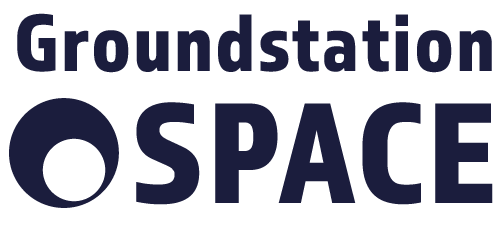Satellites always see the plants, clouds or no clouds

Clouds or not, satellites always keep an eye on plants, with the support of Dutch innovation. As of today, farmers from all over the world can monitor their crops via satellites, even when it is cloudy. The Dutch company VanderSat has developed a technology that allows, for example, dehydrated plants to be detected under all weather conditions.
“The agricultural lands in the Netherlands are not very large and the farmer knows very well what is happening on his land. But in other parts of the world, for example in North and Latin America, they often have gigantic pieces of land. And then it is crucial that farmers know what’s going on”, says Vandersat director Thijs van Leeuwen. “This new product allows them to make targeted use of scarce raw materials such as water, fertilizers and pesticides.”
He points out that the climate is becoming increasingly extreme and erratic. “In many places it is getting drier, but in some places it is much wetter. Furthermore, the world population is increasing and with it the pressure on agriculture. We need to use it more economically and efficiently.”
Microwaves
Until now, farmers could monitor their crops via satellites by seeing how green the plants are. That only works if clouds do not obstruct the view. Instead of just reflected light, the Dutch innovation uses the microwaves that the satellites receive from the plants and the soil.
“For example, we look at the water content in plants and soil every day and see very accurately what the changes are. As a result, farmers know, for example, that certain parts of the crop are developing less than others. This allows them to take more targeted action and optimize their food production”, Van Leeuwen says in the NOS Radio 1 News interview.
For the analysis of the crops, VanderSat uses satellite data that the European Space Agency ESA makes available free of charge. Farmers do have to pay for our service, says the director. “But if they would all have to install sensors on their fields, it is often much more expensive.”
He expects the technology to be accessible and affordable in less developed parts of the world. “Anyone with a mobile phone can use our service.” The data can be viewed in an app and on a website.
No individual plants
According to the company, the analyzes are very accurate. But farmers cannot see whether every single plant is still growing well, says Van Leeuwen. “It comes in boxes of 10 by 10 meters on which we can give a value. Usually the farmer then knows enough to make good decisions. Sometimes they need other techniques to work out everything in detail.”
The technology has been tested in areas in Europe, North and Latin America.It will be on the market for farmers worldwide from today. Insurance companies and water boards could also make use of it.
Read more about Vandersat’s Cloud-free Biomass product here.
Original post on NOS News website here (in Dutch)












